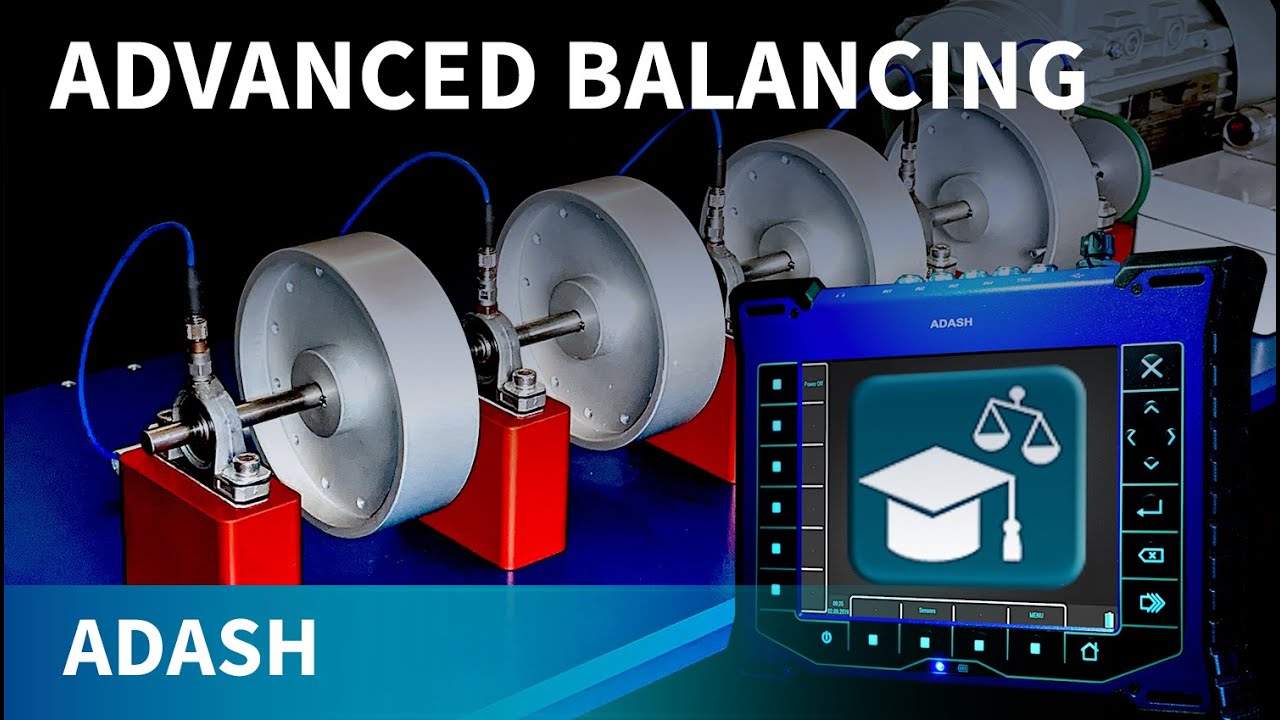My basic process of vibration data analysis
01.06.2021
Hi everybody, do you measure vibrations? I do. My name is Vojtech and I am freelancer vibration diagnostician. I measure with Adash VA4 Pro II and I would like to show you something from my measurements, but especially the data analysis. Because the measurement is just a small part of the predictive maintenance, but the biggest part is the data analysis and your planning of predictive maintenance.
Welcome in the environment DDS. In these videos I would like to show you my own process of vibration analysis in the software DDS. How do you actually analyse after your measurement? I would like to share with you, how do I analyse and what features do I use. These videos don’t say how are you supposed to do your analysis, but perhaps you will get some new inspiration, new ideas from different perspective and you become more effective with your work in DDS. I want to show you my routine analysis, which can discover beginning faults or potential failures.
But before that, I need to tell you what kind of data do I measure and why.
Tree explanation:
In my tree on left side you can find divided machines and measurement points. Each measurement point is measured in radial direction. Sometimes I measure in axial or in vertical direction as well, but only in special cases, when I find out a problem, after the routine measurement.
In each measurement point you can find 4 basic measurements which can cover most of the faults.
For routine measurement I set up 4 frequency spectrums.
Velocity explanation:
First one is Velocity spectrum with following parameters, which you can see in properties. I measure up to 1600 Hz with 6400 lines. What does it mean actually? The spectrum is quite accurate with the frequency step 0,25Hz and therefore I am able to find specific fault frequencies. In each spectrum I set linear averaging type with two averages. It reduces the noise in measured spectrum. I apply also overlap on 25%, what reduces the measurement time and makes the output more accurate. In velocity spectrum you should find frequencies belonging to faults like unbalance, misalignment, mechanical looseness, electric problems or the last stage of bearing failures. Acc explanation: Then I measure acceleration spectrum with these parameters in properties. Frequency range is set up to 6400 Hz, what gives you possibility to find higher harmonics of bearing frequencies, gear mesh frequencies, electric drives or even cavitation. Demodulation spectrum Another very useful measurement is demodulation spectrum.
It is demodulated acceleration signal and you can find here especially beginning bearing fault frequencies. It is provided by filtration of low frequencies from the signal. I set up two different filtrations. In the first one the Fmin is 2 kHz and Fmax is 10 kHz, so you get the signal between 2kHz and 10kHz. In a second filtration I get the signal and from 500 Hz and 5000 Hz, so Fmin is 500 Hz and Fmax is 5 kHz, due to catching different potential bearing faults. You should realize that the signal is developing as well as the bearing fault. At the beginning, the bearing fault vibrates in ultrasound frequency range from 20 kHz to 50 kHz. Due to fault developing, signal falls down in frequency range. You can catch bearing fault frequencies very early in demodulation spectrum. And therefore we do that. For early bearing fault detection. Besides you can find in demodulation also different frequencies belonging to drives or bearing loosenes or gearmesh frequencies as well. RMS values: Maybe you are asking, if I measure overall RMS values. I do, but not as another measurement. The RMS values are counted in the spectrums and you can see them in the right corner. Guys, I hope you understood my explanation of my routine data and I am looking forward to show you my DDS usage in trend or frequency analysis. So thank you for watching and see you next time.






